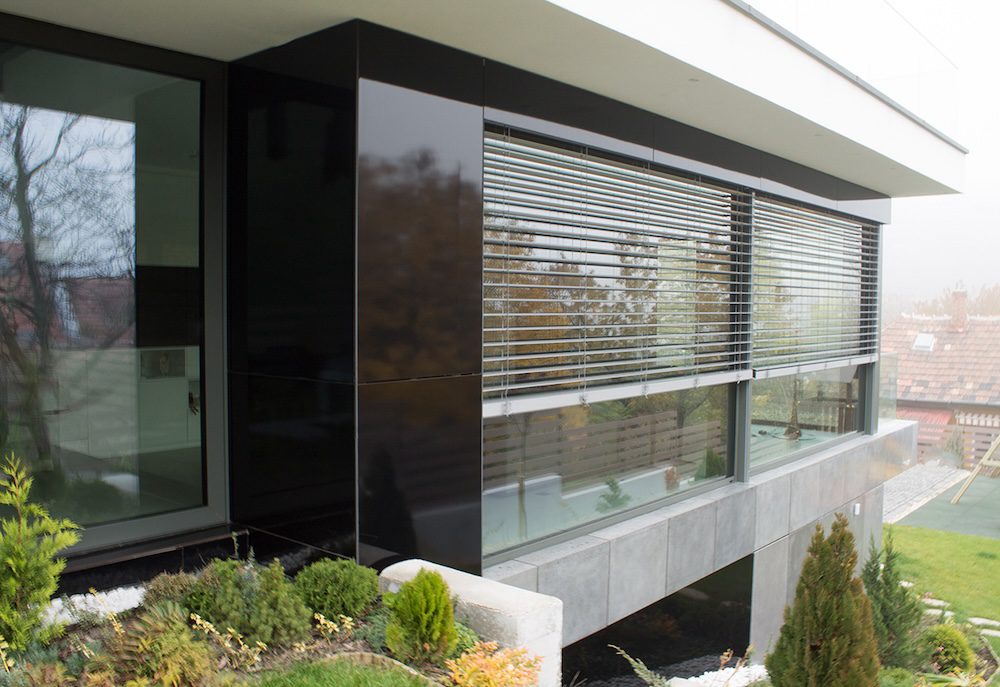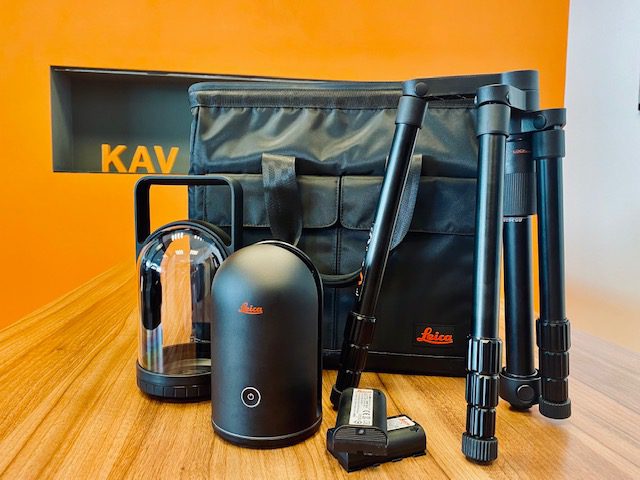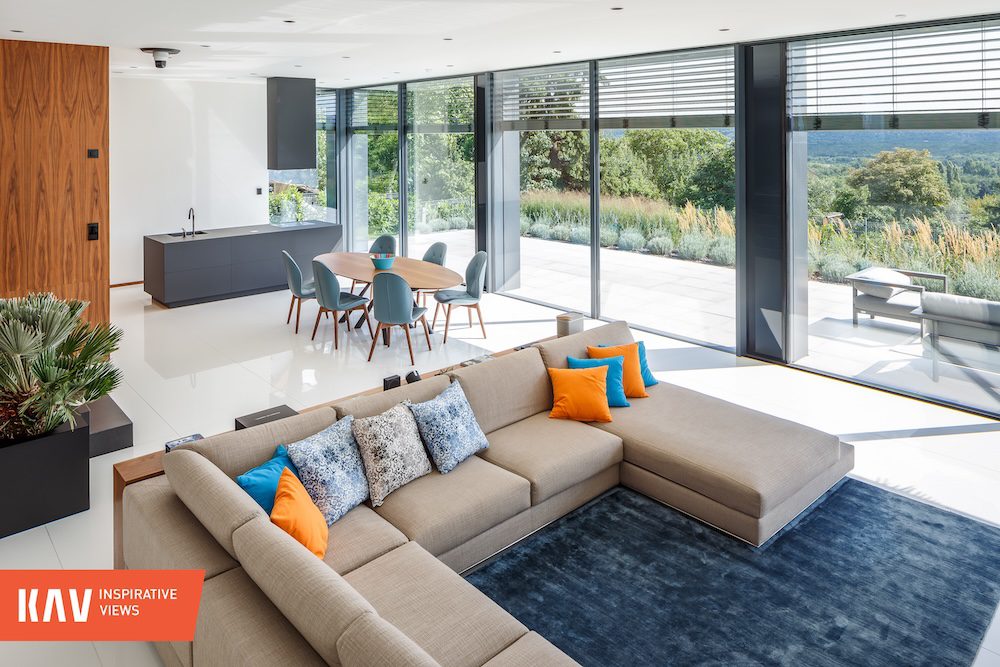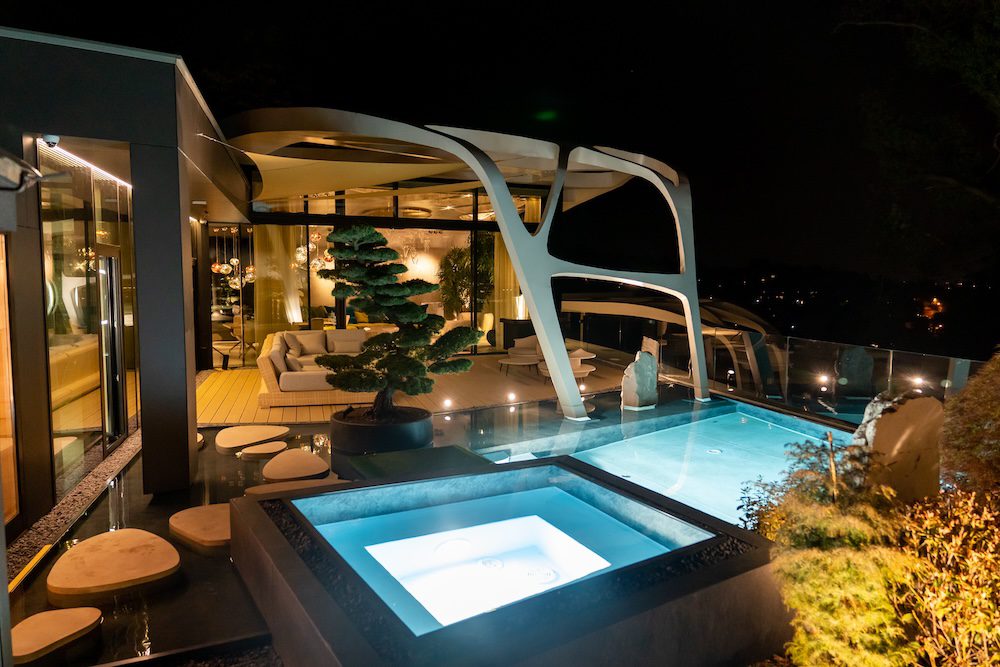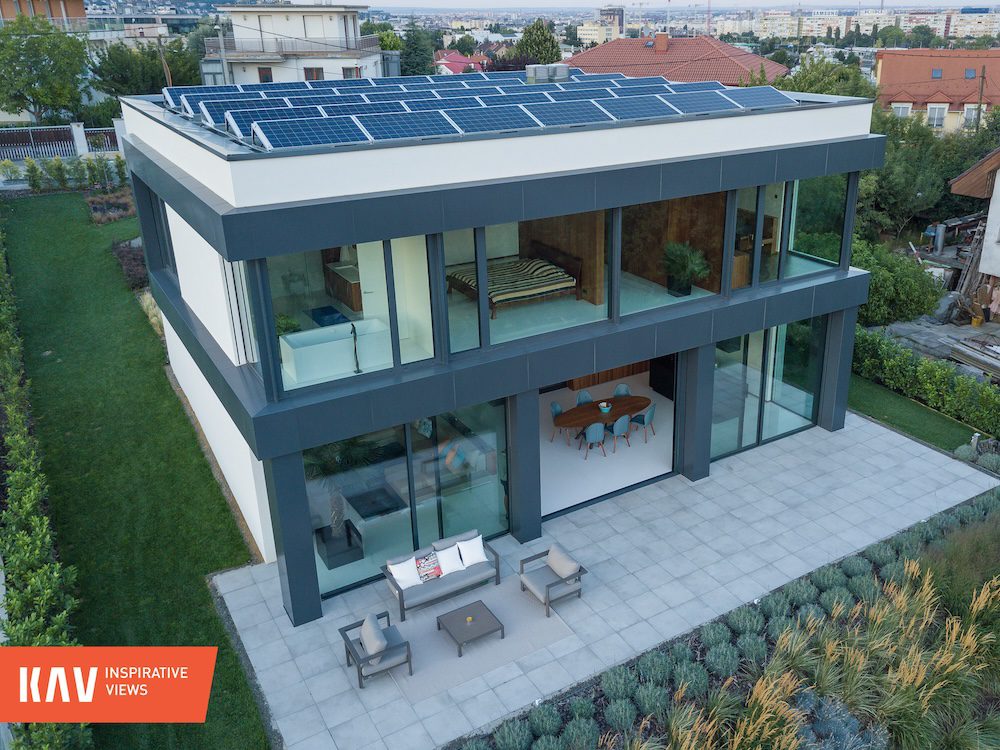The Application Possibilities of Steel Windows and Doors in Family Homes

With the changing architectural trends in residential buildings, larger glass surfaces are becoming increasingly prevalent in properties, while the size requirements of frame structures are decreasing. As a result, the use of steel windows and doors, which were previously mainly present in communal construction culture, is now being considered more frequently. We spoke with Mr. Károly Lovász, the Managing Director of KAV Hungária, to discuss when it is advisable to choose steel windows and doors instead of aluminium ones and what this product category has to offer.
KAV was considered a pioneer in Hungary when it started offering aluminium windows and doors for residential buildings. Could steel be the new aluminium?
The answer is multifaceted. In my opinion, there is a shift in today’s architectural culture, not only in terms of aesthetics but also in the structural solutions employed. While maintaining the elements and merits of minimalism, vintage design is beginning to infiltrate the forefront of architectural trends. This essentially means that there is still a demand for the integration of prominent, floor-to-ceiling outdoor glass surfaces with a very narrow frame structure, but in addition to this, traditional window and door products are expected to feature slim profiles and glazed frames, both indoors and outdoors, in harmony. For interior doors, whether sliding or hinged, the use of thin mullion profiles is emerging, a design element that was previously considered unconventional in some architectural offices. The large window and door surfaces are designed by architects in such a way that their thin frames mainly come into contact with the raw wall surface. Of course, for these spacious glass structures, parquet flooring is not chosen; instead, concrete or other cast materials are preferred. Additionally, composite elements and other natural façade cladding solutions provide the best vertical surface design. This is where glass fields can appear that may exceed the structural capacity of thin aluminium or composite frame materials. Our Optivision system is one solution to this challenge, where we utilize adhesive techniques. However, for large sliding balcony doors, clients who envision such buildings already find standard aluminium frame solutions bulky.
Could steel be the solution in such cases?
There are not many materials that offer better inertia or load-bearing capacity at the same size as aluminium, and can also be used in a thermally insulated version in this climate zone. In the world of three-layered glass thermal requirements, steel remains the solution. Among steel window and door systems, only a few can provide satisfactory solutions to the emerging “vintage” demands. In summary, when it comes to creating extremely narrow outdoor and indoor door and window frames, designed by architects, aluminium does not suffice in these cases; it is advisable to turn to steel.
What are the advantages of steel?
In terms of usage and surface treatment quality, there is almost no difference between steel and aluminium. The significant difference lies in the manufacturing and forging technology. Steel can also be used in a thermally insulated manner, thus offering thermal insulation for door and window frames. Minimal or vintage-concept steel systems have frame widths of 5-6 centimeters even from the interior. This is so slim that from the outside, more than half of it can be covered by the slatted shading system.
Modern steel windows and doors offer advanced features in handles, operation, and motorization, on par with aluminium systems. In terms of appearance, both visible and concealed fittings offer all the options that we have come to expect from aluminium. Maintenance and glass replacement are just as easily handled as in other prefabricated systems. However, there is one noticeable difference: steel allows for much more delicate solutions at the same static load compared to aluminium. Steel is a much stronger, more robust material than aluminium, and at the corners, instead of mechanically cut and glued corners, it is connected by welding, creating a much sturdier structure for a simple hinged window or balcony door, not to mention sliding versions.
Why then are steel windows and doors not as widespread?
The price of steel is significantly higher than aluminium. The situation is similar to when KAV started ten years ago because there was about a 2.5-fold price difference between premium wood and aluminium windows and doors. Over the years, this difference has significantly diminished, which is partly due to the increase in wood prices and the rising costs of manufacturing automation and technology. Today, there is about a two-fold price difference between steel and aluminium windows and doors. This is largely because steel production is less automatable, and door and window frames made of steel are primarily manufactured as artisanal products. There are very few manufacturers worldwide willing to invest in automating steel window and door production; this is more the domain of the steel structural market. In the Hungarian door and window sector, most companies produce steel products that serve institutional solutions, such as fire-resistant structures, entrance doors, and roofs, with steel being the material of choice. While KAV is venturing beyond this realm and primarily targeting the exclusive market, the slower, more expensive manufacturing method for steel window and door production, driven by artisanal manufacturing and material processing, as well as design and junction configurations, unfortunately, shifts the production of steel windows and doors toward a slower and more expensive direction. Not to mention that the raw material itself has a much higher initial cost, and its transportation and storage are more complex since it is heavier and more susceptible to corrosion in its raw state than aluminium. Until now, there hasn’t been much demand in Hungary to pay this price difference. I feel that we have now reached the moment when clients are willing to dig deeper into their pockets for better technology, exceptional thin frame structures, and a more flexible design approach. Our ultimate goal is to create an exportable package (product + service) from this. The lifespan of a steel window is much longer compared to wood or PVC, requiring less maintenance, and the steel fittings used today are refined, precise solutions. At KAV, we have chosen to implement the prestigious Swiss Jansen system, our reliable supplier partner for Alukönigstahl and Schüco for many decades. This system has been used in Hungary for over 30 years, providing unique solutions and opportunities in fire-resistant and other steel applications. The product range has now expanded to the point where steel can also serve as a material for residential minimal-concept buildings.
Does KAV require special investments to focus more on steel?
Yes, designing, manufacturing, and installing complex steel window and door systems for residential buildings require significant intellectual and physical resources. Currently, in our Budapest office, the workload primarily involves cost calculations and construction scheduling, so we unfortunately cannot focus on one or two-unit projects at the moment. We are starting to set up a separate production section in our Kisbér plant for steel, and our production preparation engineers are developing the milestones of steel window and door production planning. Since black steel cannot be processed in the same space as aluminium, cutting, welding, and grinding of steel can only be done in a separate room. This product category requires different equipment, machinery, ventilation, and manufacturing affinity. Our aluminium window and door production is an engineering-driven, frantic playground that draws from many sources and consists of several hundred thousand item numbers, whereas the production of steel window artifacts is a creative process built on the imagination and foresight of professional craftsmen.
MoreNews
